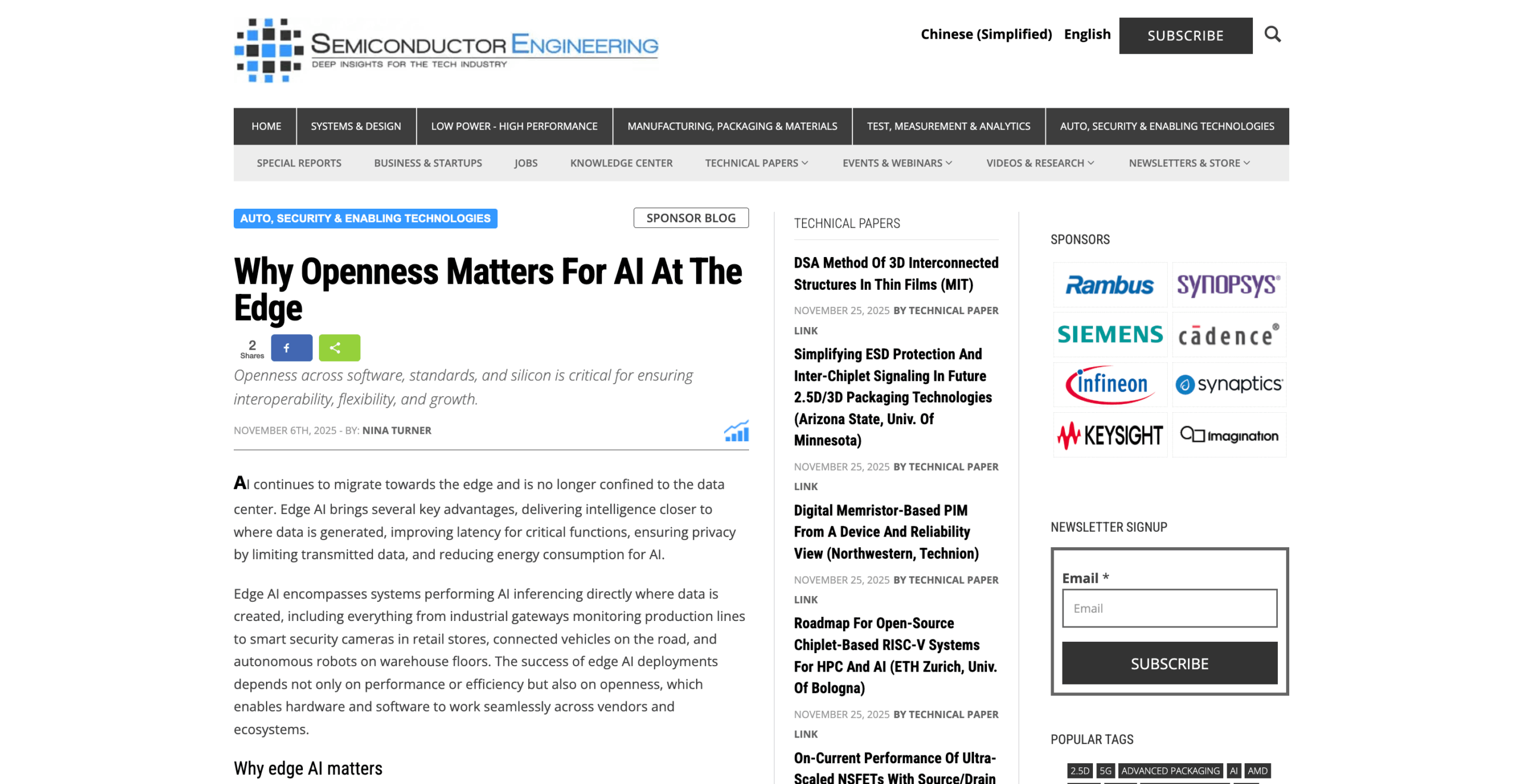
Ask ten different engineers how they would design an AI accelerator and you’ll get ten different ways to arrange the billions of transistors on a modern leading-edge chip. With someone such as Dave Ditzel leading the project with his rich history of CPU design, it’s no wonder that Esperanto Technologies’ twist on machine learning chip design will somehow involve CPUs. And if one custom CPU isn’t enough, how about two designs? And with a budget of nearly 24 billion transistors, Esperanto managed to pack nearly 1,100 of them on their first AI accelerator – the ET-SoC-1.
The ET-SoC-1 – which stands for the “Esperanto Technologies Supercomputer-on-Chip 1” – targets the hyperscaler datacenter market and is the first product from a family of new AI accelerators by Esperanto. The ET-SoC-1 is an inference accelerator, not training. And while the design is complete, as of earlier this year, the company has yet to see first silicon. When we first talked about Esperanto exiting stealth mode, the timeline discussed was ~2020 timeframe. Development schedules have clearly slipped and if the new timeline holds, silicon should be back this quarter and production can be expected in early 2022. A two-year delay is rather costly when other AI startups have had production silicon sampling for over a year. Nonetheless, Esperanto is finally ready to share technical details of the new chip. It’s also worth pointing out that Dave Ditzel will be presenting the ET-SoC-1 at the upcoming Hot Chips 33 conference in August.



